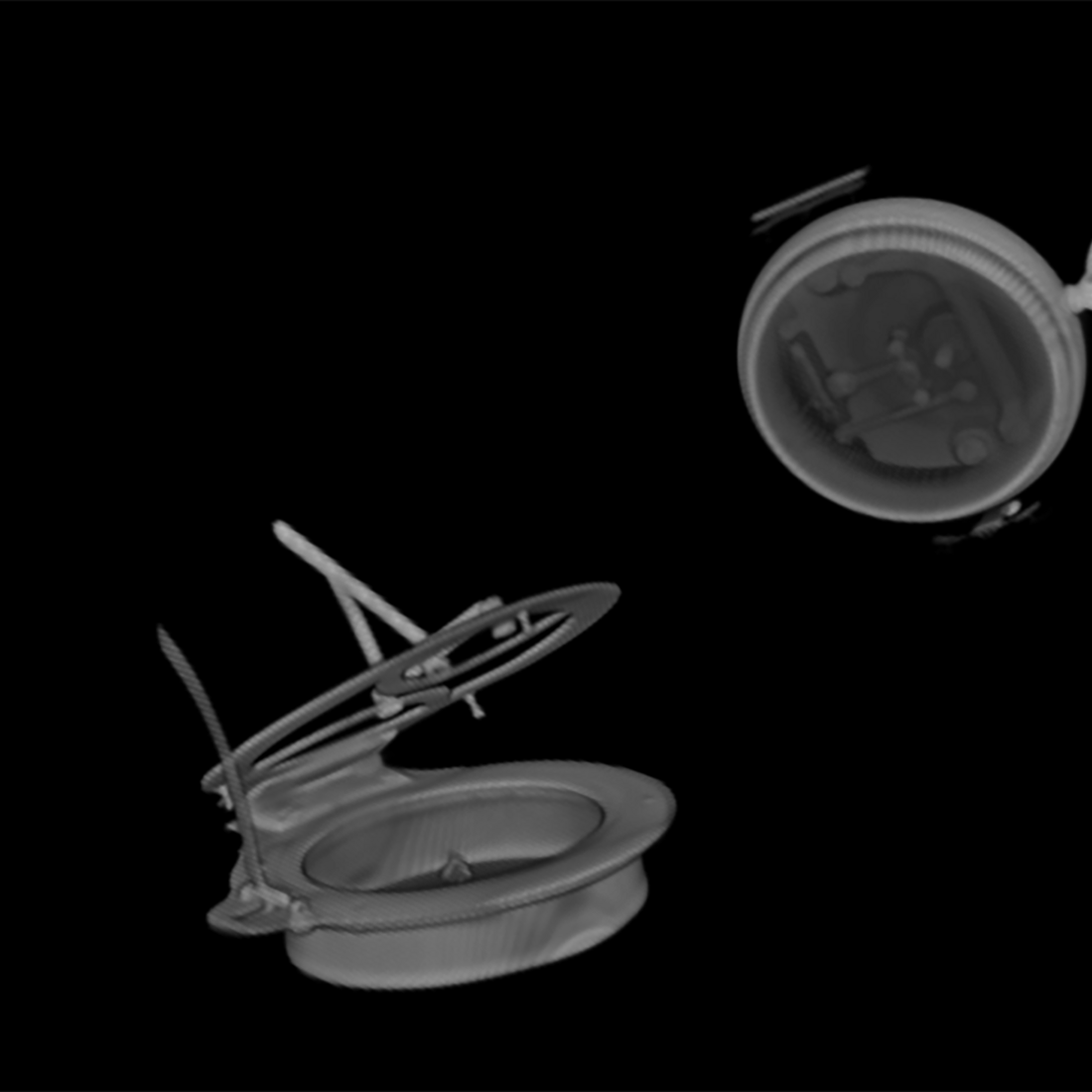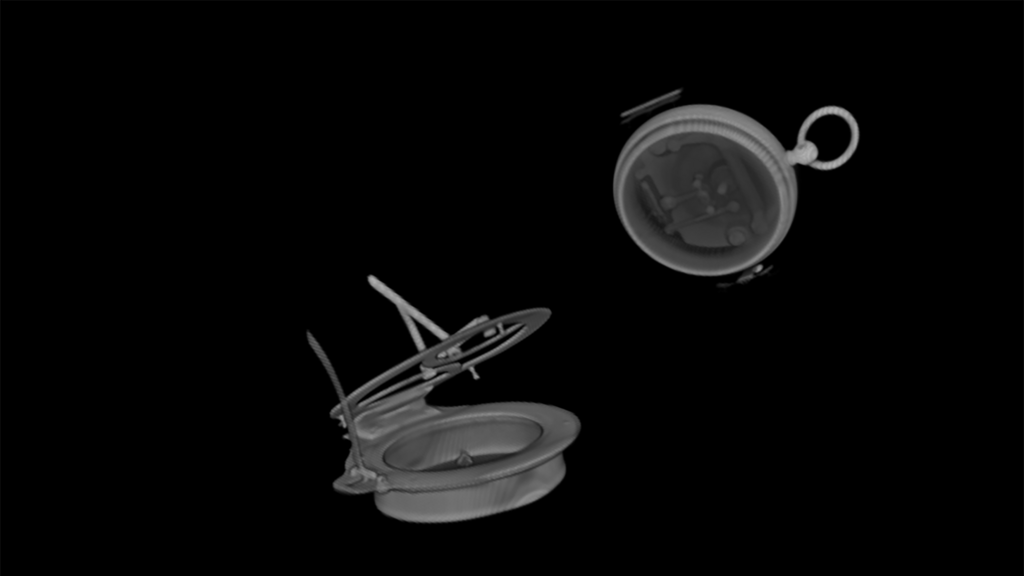Maritime Digital Twins
Maritime Digital Twins. Regimes of Infrastructure Control and New Modes of Digital Historiography?
"There is no doubt that the digital twin is the future" – such and similar claims from the field of engineering and scientific research & development certainly serve an epistemologically mostly uncritical and little reflected hype. No wonder that authors like Michael Batty (2018) have long since comprehensively deconstructed the clichédness of the digital twin (DT) concept.
However, apart from epistemological discussions of model concepts, digital twins may well be understood as a form of intensification of older approaches: A digital twin includes both the hardware to acquire and process data and the software to represent and manipulate these data. Digital twins are more powerful than models and simulations because they leverage digital data streams to bridge the barrier between the physical entity and its representation. Digital twins are not limited to 'historical' data, but can also be enriched with real-time data flows. This 'more' of data flows then leads to 'more direct' feedback options – a media-theoretical paradox that has been often addressed in media studies
In the field of ship design, the DT approach is increasingly coming into play. Digital twins thereby are manifested as three interconnected, yet specific ‘environing technologies’ (Sörlin/Wormbs 2018): First, ship bridge simulators – a common physical twin environment used mainly for educational and training purposes since the 1960s – today are enhanced and altered by digital components like VR tools and body sensors applied on the trainees. Second, digital twins of whole ships transform design: DTs can be understood here as an environing technology that connects hydrodynamic features and their modeling by computational fluid dynamics (CFD) simulations even more closely to ship design. The ability to use high-performance computing infrastructures in computer simulation models to calculate the hydrodynamic properties of full-size ships in great detail brings computer simulations, classical models, and the eventually built 'real' ship into a multi-layered and shifted relationship compared to earlier design approaches – possibly with similar consequences as the advent of scale models in the late 18th century, as described by Simon Schaffer. And third, recent maritime “ship lifecycle twin” schemes connect these already complex construction processes with a ship’s operation control, monitoring and maintenance, ship owner’s fleet management, and finally with the vessel’s decommission. Brandstetter (2023) aptly refers to such and similar integrated digital infrastructure as systems “regimes of infrastructure control”. With regard to these different forms of maritime digital twins, my research deals with the imagination – or more precisely: the phantasma – of comprehensive computer control and controllability which is revived in the concept of the Digital Twin.
However, ‘Digital Twins’ also occupy research fields like Digital History and Historiography, or Cultural Heritage Studies and Archaeology. My research thus also touches on novel ‚digital forensic‘methods and media: As an example, the Forensic Oceanography initiative employedcomputational tools which were used to draw conclusions about certain ship maneuvers from wave movement patterns, and sought to use such data to legally combat illegal defensive actions against refugees in the Mediterranean. On an epistemological level, Forensic Oceanography’s approach can be perceived as a form of “synthetic history” (Claus Pias 2001) or ‘retro-simulation’ that (re-) constructs past events from multiple data traces. And not least, my research project seeks to critically explore the conditions of possibility of ‘importing’ Digital Twin concepts (and hypes) also to Cultural Heritage and Museum contexts, e.g. with regard to the production of high-resolution, functional digital 3D-Objects. This becomes particularly interesting where one is dealing with objects that can themselves be attributed to a media and technical history of 'twinning': My research project makes particular reference to the DSM's collection of tidal calculators and computers.
Kontakt
Prof. Dr. Sebastian Vehlken
S.Vehlken@dsm.museum


